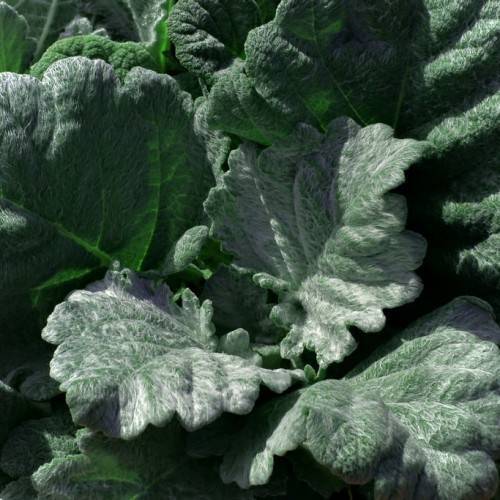
silver sage
Salvia argentea
Cycle:
Herbaceous Perennial
Watering:
Average
Hardiness Zone:
5 - 8
Flowers:
Flowers
Sun:
full sun,part shade
Leaf:
Yes
Growth Rate:
Low
Maintenance:
Low
Drought Tolerant:
Yes
Salt Tolerant:
Yes
Care Level:
Medium
watering
Silver sage should be watered fairly regularly throughout the growing season. The frequency of watering will depend on several factors such as the size of the pot, outside temperature, sunlight, and soil type. Generally speaking, it is recommended to water this plant once to twice a week during the warmer months, making sure the soil is evenly moist but not soggy. During the cool months, water less often, allowing the soil to dry out between waterings. It is important to note that Silver sage is drought tolerant once established, so it’s best to err on the side of not overwatering.
sunlight
Silver sage is a flowering plant that prefers full sun to part shade, meaning it should receive at least 6 to 8 hours of direct sunlight a day. When possible, it should be placed in a spot with direct exposure to the sun’s rays in the morning and early afternoon for optimal growth. In extremely hot regions, silver sage may benefit from a few hours of afternoon shade to prevent sunburn. It should also be protected from strong winds, as these can cause damage to its foliage.
pruning
Silver sage does not require much pruning. Light pruning can be done if desired for aesthetic purposes in late spring time just after the plant blooms. Simply pinch back soft growth to create a full, bushy shape, or trim off any sick or dead branches. Pruning should be kept to a minimum as this plant blooms on the current season’s growth. Removing too much of the current season’s growth could reduce flower production.
